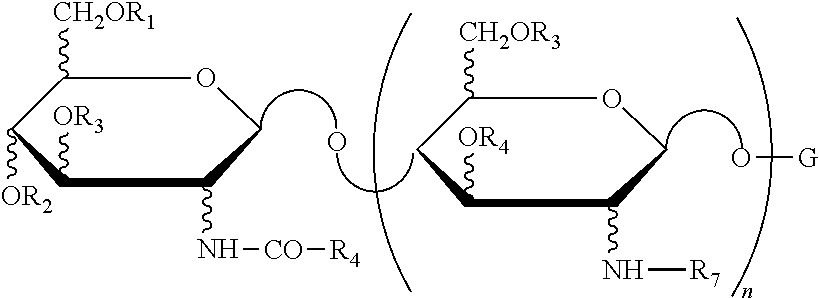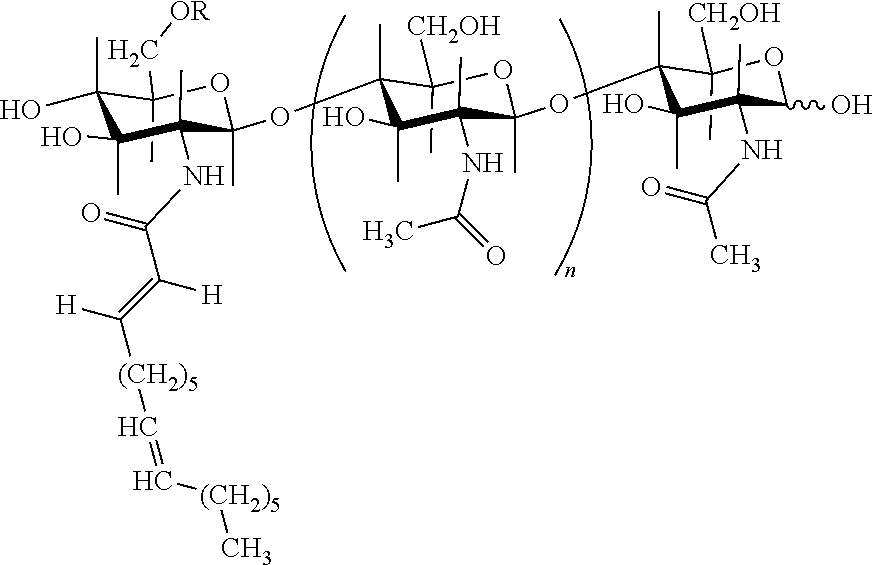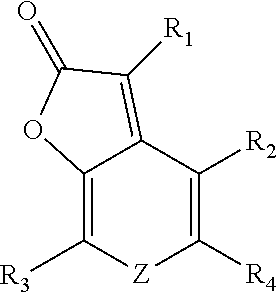Microbial strains, compositions, and methods for increasing available phosphate for plants
a technology of phosphate and microorganisms, applied in the field of new products, can solve the problem that essential elements cannot be readily taken up by plants, and achieve the effect of increasing the availability of phosphorus
- Summary
- Abstract
- Description
- Claims
- Application Information
AI Technical Summary
Benefits of technology
Problems solved by technology
Method used
Image
Examples
example 1
Phosphate Solubilization Assays
[0307]Fungal growth for phosphate solubilization assays was carried out in 96-well microbioreactor plates (EnzyScreen, Netherlands) in 1.5 ml of nitrate free minimal salts medium (Table 1). The plates were inoculated from glycerol spore suspension stock plates stored at 80° C. using a 96-pin cryo-replicator that was heat sterilized and cooled before transfer. Plates were grown at room temperature (20-25° C.) and 300 rpm for 14 days. After 14 days, the plate was centrifuged for 5 minutes at 5100 rpm and 1 ml of the supernatant was transferred to a 96-well filter plate (AcroPrep Advance 96 multi-well filter plate, 1 μm glass fibre, Pall Life Sciences #8231). The filter plate was placed over a 2 ml receiver plate (Whatman Uniplate 96well round bottom, Whatman#7701-5200) and samples were filtered under vacuum using a multi-well plate vacuum manifold (Pall Life Sciences #5017). The filtered supernatants were diluted 100× with sterile water and soluble phosp...
example 2
Gluconic Acid Production of Hybrids
[0309]Organic acid production is correlated with the ability to solubilize phosphate. Some organic acids, however, can be toxic to plants (J. A. L. van Kan, Trends in Plant Science 11: 247-253 (2006)). Gluconic acid is not toxic to plants and its production by P. bilaiae shows strong correlation to phosphate solubilization. Gluconic acid production by 5 of the isolates and their respective parents was studied using high performance liquid chromatography (HPLC). Twenty μl of the supernatant from Example 1 was run through an HPLC column (Restek Allure Organic Acids column (250×4.6 mm, 5 μm)) at 15° C. The mobile phase consisted of 25 mM phosphate buffer (adjusted to pH 2.5 with phosphoric acid) running at 1 ml / min on an Agilent Infinity 1260 HPLC equipped with a diode array detector (DAD). The gluconic acid peak was identified by comparison to a standard of pure gluconic acid. The area under the gluconic acid peak was measured and averaged across thr...
PUM
 Login to View More
Login to View More Abstract
Description
Claims
Application Information
 Login to View More
Login to View More - R&D
- Intellectual Property
- Life Sciences
- Materials
- Tech Scout
- Unparalleled Data Quality
- Higher Quality Content
- 60% Fewer Hallucinations
Browse by: Latest US Patents, China's latest patents, Technical Efficacy Thesaurus, Application Domain, Technology Topic, Popular Technical Reports.
© 2025 PatSnap. All rights reserved.Legal|Privacy policy|Modern Slavery Act Transparency Statement|Sitemap|About US| Contact US: help@patsnap.com



